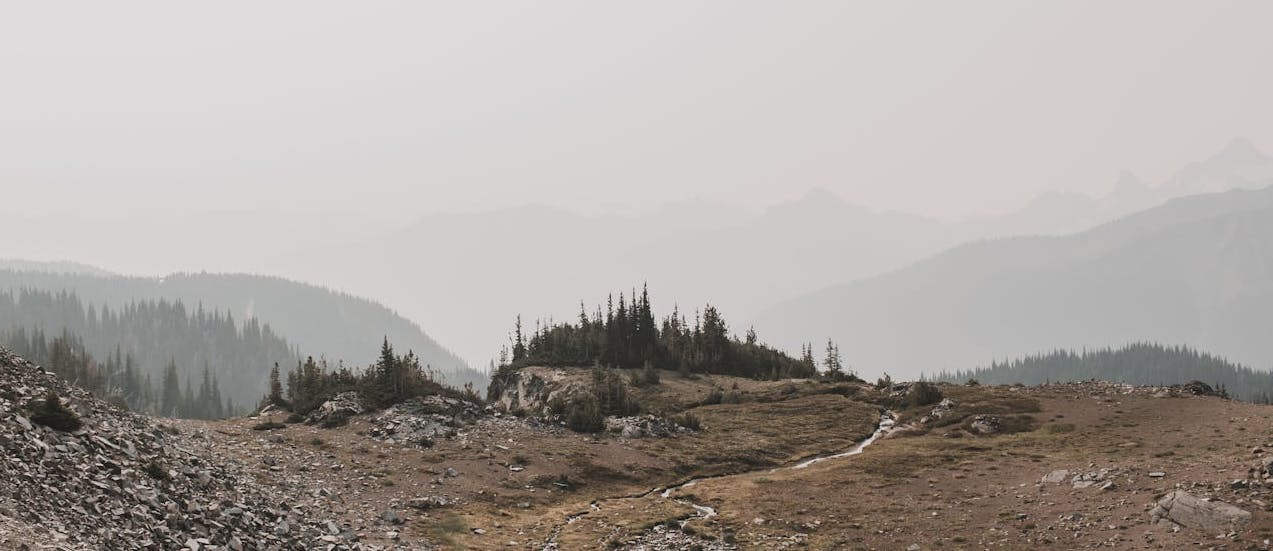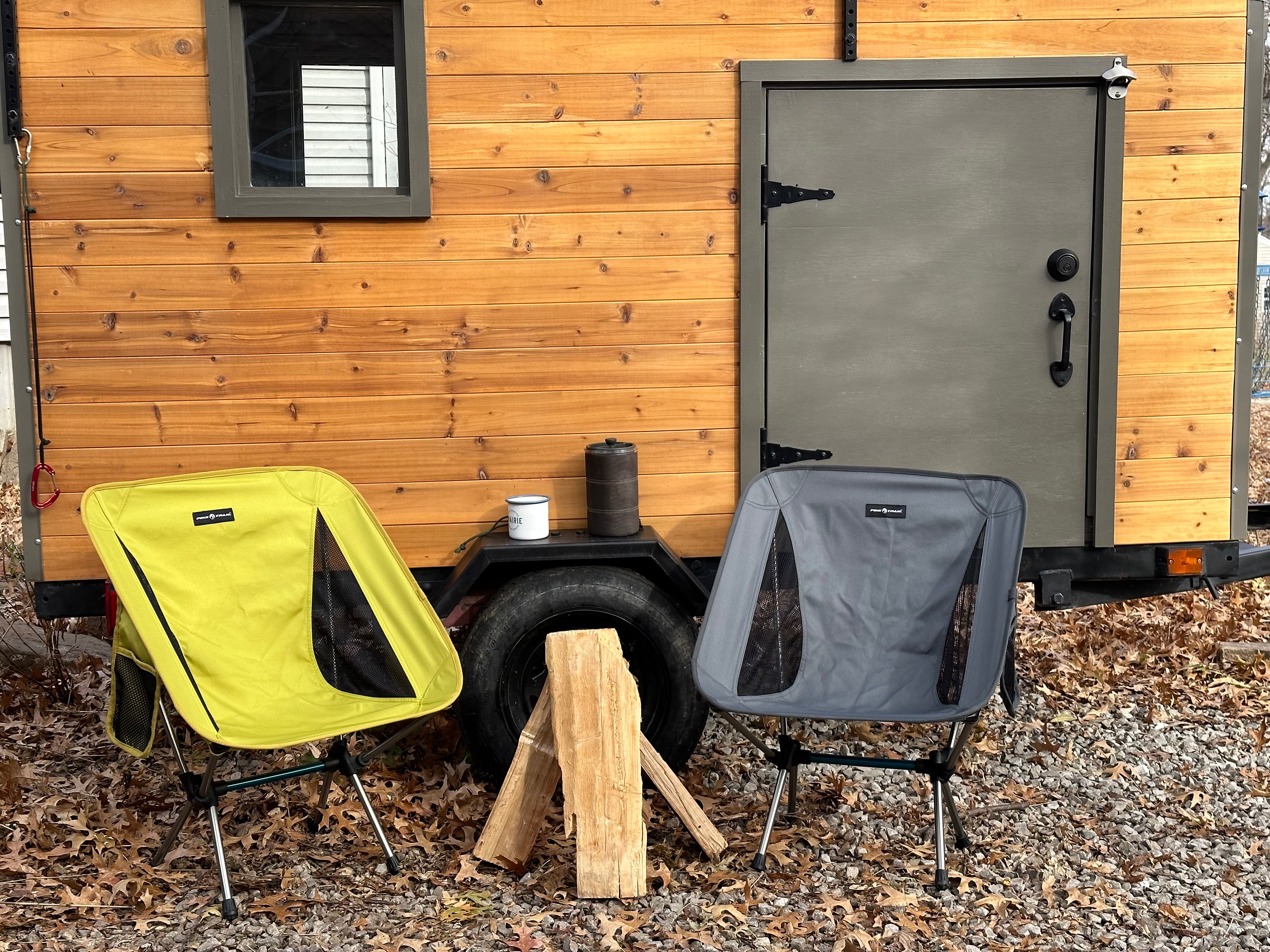Photo by Vlada Karpovich: https://www.pexels.com/photo/mountains-and-trees-on-a-foggy-day-4450414/
There are few adventures that test the body, awaken the spirit, and reshape the soul like the Pacific Crest Trail. Stretching 2,650 miles from Mexico to Canada, this legendary long-distance hike snakes through California, Oregon, and Washington—across arid deserts, snow-covered passes, volcanic ridgelines, and endless green forests. But for a thru-hiker, it’s more than a line on a map—it’s a five-month odyssey that alters your sense of time, place, and self.
The Journey Begins: Campo, California
The southern terminus of the PCT sits quietly near a fence at the U.S.-Mexico border. There’s no fanfare—just a wooden monument and a sense that you’re about to step into something massive. My backpack felt too heavy, my legs too fresh, and my mind too wired to sleep the night before. Like many others, I started with a mix of anxiety and thrill. Ahead of me lay 700 miles of Southern California desert, and my only job was to walk.
Within days, I learned the rhythm of trail life: wake with the sun, hike, eat, hike more, filter water, eat again, and sleep under the stars. The desert was harsh but beautiful. Joshua trees, red rock canyons, and endless wind turbines accompanied the path. Rattlesnakes slithered across the trail. Water sources became community gathering points. You learn early: water is life.
Sierra Nevada: The Crown Jewel
By the time you hit Kennedy Meadows—a major resupply stop and mental milestone—you’ve earned your trail legs. That’s good, because the High Sierra doesn’t pull punches. With snow-capped peaks, icy river crossings, and remote terrain, this section can be dangerous, especially in high snow years. But it's also unforgettable.
For many thru-hikers, this is the soul of the PCT. Climbing Forester Pass (13,153 feet) at sunrise, watching alpenglow paint the granite walls of the John Muir Wilderness, and camping beside alpine lakes—these are the moments we chase.
The Sierra teaches humility. There were mornings I post-holed through snow before breakfast. Other days, I spent hours navigating swollen creeks or detouring around closed passes. But the views, the solitude, and the shared camaraderie with fellow hikers made it all worthwhile.
Northern California: The Mental Wall
Most people think the trail breaks you physically. That happens early. What’s harder is the mental test—especially in Northern California. The terrain is less dramatic, towns are farther apart, and the mileage grinds on. You’ve hiked over a thousand miles, and Canada still feels impossibly far away.
This is when hikers quit.
But for those who keep walking, the rewards come back. You learn to find joy in the simple things: shade on a hot climb, a cold soda from a trail angel, the sound of pine needles crunching under your feet. The trail becomes your home. You know your gear like your skin. Trail names replace real names. A Snickers bar becomes gourmet cuisine.
Oregon: The Speed State
After California’s 1,700 miles, Oregon is a blur—in the best way. Flat, forested, and well-graded, many hikers "crush miles" here, knocking out 30+ mile days regularly. It's here you hit your stride, both literally and mentally.
Crater Lake, Mount Hood, and the lava fields near McKenzie Pass offer fresh beauty and new challenges. Thunderstorms roll in suddenly. Mosquitoes are relentless. But the reward of walking under massive Douglas firs or grabbing a milkshake at Timberline Lodge is enough to keep spirits high.
Washington: The Grand Finale
Crossing the Bridge of the Gods into Washington, everything feels sharper—your senses, your pace, your awareness of the end. Washington is stunning and rugged. The North Cascades offer dramatic views, steep climbs, and moody weather. Fog creeps over ridgelines. Rain seeps into your sleeping bag. But the trail magic is strong. Locals bring hot coffee to trailheads. Fellow hikers become lifelong friends.
Every mile north becomes more emotional. You realize this version of life—simple, wild, focused—will soon end. And when you finally reach the monument at the Canadian border, you might expect a surge of triumph. But more often, there's stillness. Gratitude. A strange mix of joy and grief.
You started this walk as one person. You end it as someone else.
What You Learn from 2,650 Miles on Foot
- You need less than you think. Both in your pack and in life.
- Time expands when you're unplugged. A day feels fuller when it’s measured in steps and stars instead of emails and meetings.
- Pain and joy are close cousins. The worst days sometimes birth the best memories.
- Nature is the best therapist. You will cry, laugh, talk to yourself, and make peace with your past while walking through forests.
Final Thoughts
The Pacific Crest Trail is not just a hike—it’s a reintroduction to your own humanity. Whether you're considering it yourself, or just curious what it's like to walk from Mexico to Canada, know this: it’s not about the miles, the mountains, or the blisters.
It’s about who you become along the way.
Have questions about gear, resupply strategies, or what it’s like to cowboy camp under a sky full of stars? Drop them in the comments and be sure to check out our Top of the Line Hiking Gear.






